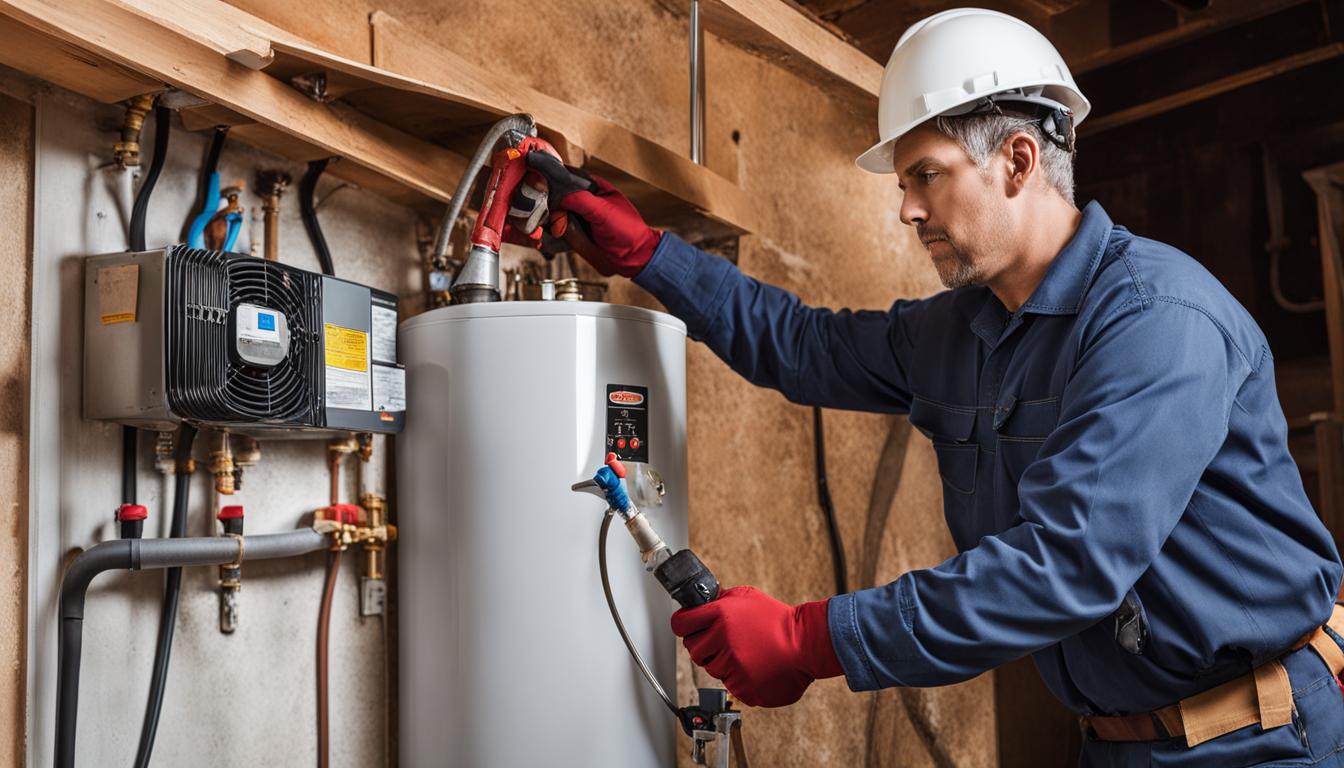How do you feel with regards to Tips on Maintaining a Water Heater?

Warm water is crucial for everyday convenience, whether it's for a rejuvenating shower or cleaning meals. To ensure your hot water system runs effectively and lasts longer, normal upkeep is vital. This post offers useful tips and insights on just how to keep your home's warm water system to prevent interruptions and expensive repair work.
Intro
Keeping your home's warm water system might appear overwhelming, yet with a couple of easy steps, you can ensure it operates efficiently for several years to find. This guide covers everything from recognizing your warm water system to DIY maintenance pointers and recognizing when to employ expert help.
Importance of Keeping Your Warm Water System
Normal upkeep not only extends the life-span of your warm water system but additionally guarantees it operates efficiently. Disregarding maintenance can bring about reduced efficiency, greater power bills, and also premature failure of the system.
Indicators Your Hot Water System Needs Upkeep
Understanding when your warm water system requires attention can protect against major issues. Keep an eye out for indications such as irregular water temperature level, odd noises from the heating system, or rustic water.
Recognizing Your Warm Water System
Before diving right into maintenance jobs, it's useful to recognize the basic parts of your hot water system. Commonly, this includes the hot water heater itself, pipes, anode poles, and temperature controls.
Month-to-month Maintenance Tasks
Routine monthly checks can assist catch small issues prior to they rise.
Flushing the Hot Water Heater
Flushing your hot water heater removes debris buildup, enhancing performance and extending its life.
Monitoring and Replacing Anode Rods
Anode poles prevent rust inside the container. Examining and changing them when worn out is vital.
Inspecting and Changing Temperature Level Settings
Changing the temperature settings makes sure optimum performance and security.
Do It Yourself Tips for Upkeep
You can execute several upkeep jobs yourself to keep your hot water system in leading problem.
Checking for Leaks
Consistently evaluate pipes and connections for leakages, as these can bring about water damage and higher expenses.
Examining Stress Alleviation Valves
Evaluating the pressure relief valve ensures it functions properly and stops too much pressure buildup.
Protecting Pipelines
Shielding warm water pipes decreases warm loss and can conserve power.
When to Call a Specialist
While do it yourself upkeep is beneficial, some concerns require professional knowledge.
Complicated Concerns Calling For Specialist Aid
Examples include major leaks, electrical problems, or if your water heater is consistently underperforming.
Routine Professional Maintenance Advantages
Expert maintenance can include extensive evaluations, tune-ups, and guaranteeing compliance with security requirements.
Final thought
Routine maintenance of your home's hot water system is important for effectiveness, longevity, and cost savings. By following these tips and knowing when to look for specialist aid, you can make certain a reputable supply of hot water without unforeseen disruptions.
How to Maintain an Instant Hot Water Heater
Before tinkering with your hot water heater, make sure that it’s not powered on. You also have to turn off the main circuit breaker and shut off the main gas line to prevent accidents. Also turn off the water valves connected to your unit to prevent water from flowing into and out of the appliance. 2. When you’re done, you have to detach the purge valves’ caps. These look like the letter “T” and are situated on either side of the water valves. Doing so will release any pressure that has accumulated inside the valves while at the same time avoid hot water from shooting out and burning your skin. 3. When the purge valves’ caps are removed, you have to connect your hosing lines to the valves. Your unit should have come with three hoses but if it didn’t, you can purchase these things from any hardware or home repair shops. You can also get them from retail stores that sell water heating systems. Read the user’s manual and follow it to complete this task properly. When the hosing lines are connected, open the purge port’s valves. 4. You should never use harsh chemical cleaners or solutions when cleaning your unit. Make use of white vinegar instead. It should be undiluted and you’ll probably use about 2 gallons. 5. Now flush your water heater. This task should probably take about 40 minutes. We can’t give you specific directions for this because the procedure is carried out depending on the type, model and brand of your heater. With that being said, refer to the user’s manual. 6. When you’re done draining the unit, you have to turn off the purge port valves again. Remove the hosing lines that you earlier installed on each of the water valves. Put the valve caps (purge port) back in their respective places and be very careful so as not to damage the rubber discs that are found inside these caps. 7. Now that everything’s back in place, check your user’s manual again to find out how to reactivate your water heating system. 8. Once it is working, turn one of your hot water faucets on just to let air pass through the heater’s water supply pipes. Leave the tap on until water flows smoothly out of it. https://www.orrplumbing.com/blog/2014/september/how-to-maintain-an-instant-hot-water-heater/

I discovered that post on How to Maintain a Hot Water Heater in a Few Simple Steps while doing a search on the search engines. Are you aware of someone else who is in to the niche? Take a moment to share it. Thank-you for your time spent reading it.
Call Today